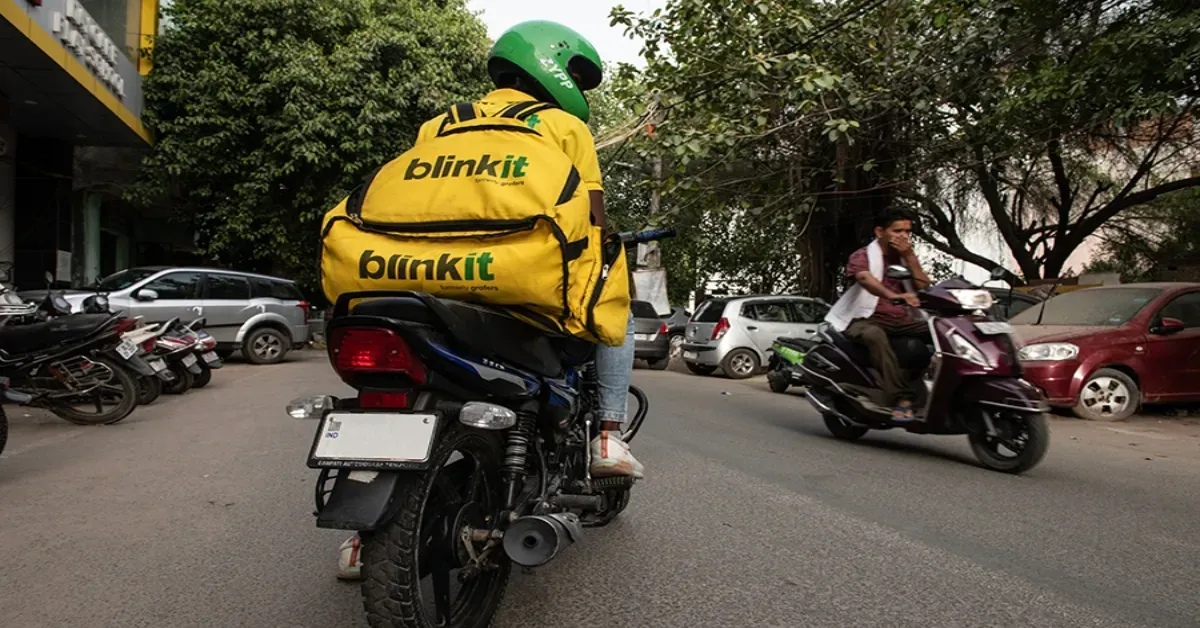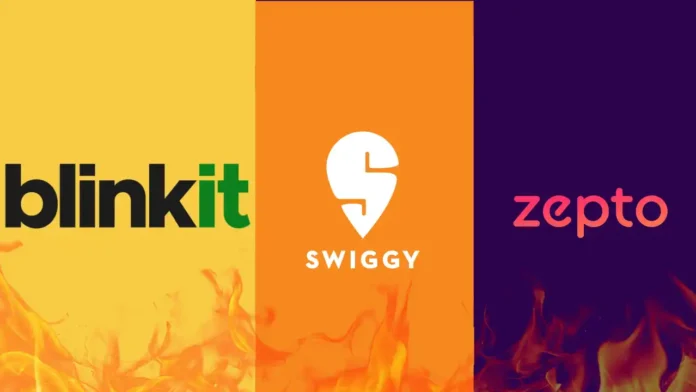In the race for instant gratification, India has found itself at the forefront of a revolution—the 10-minute delivery model. Born out of the need for convenience, fueled by the ubiquitous smartphone and powered by investors seeking exponential returns, quick commerce apps have promised to transform the way we shop.
However, if we peel back the curtain and look at the real mechanisms behind these promises, we find a system fraught with inefficiencies, unsustainable practices, and little regard for long-term viability. So, what happens when the bubble bursts? Will 10-minute deliveries turn into 30-minute ones, or worse, become unsustainable altogether?
Unregulated and Unsustainable: A Lack of Oversight
To achieve the lofty goal of delivering groceries, snacks, or hygiene products within 10 minutes, quick commerce companies have often taken shortcuts that raise serious questions about sustainability and ethical business practices. One of the primary strategies that enable these lightning-fast deliveries is the ability to set up so-called “dark stores” in non-commercial properties—often located in residential areas or places not built for the retail trade. These stores are typically unlicensed and devoid of food safety standards that govern traditional businesses. As a result, customers are expected to overlook subpar hygiene practices, all for the sake of speed. This lack of regulation is both a flaw and a ticking time bomb, especially when it comes to ensuring the safety of consumable goods.
Furthermore, in India’s highly dense urban centers, these operations often lack the proper infrastructure to operate efficiently. Without adequate storage facilities or temperature controls, products are often exposed to contamination or damage. While the promise of lightning-fast deliveries may be appealing, it comes at a significant cost: the health and safety of consumers.

The Economics of Cheap Labor: Exploiting the Workforce
The financial model behind these ultra-fast delivery apps hinges on cutting costs by exploiting cheap labor. While one may imagine that the brainpower required to manage logistics for such a tight timeline would cost a premium, the reality is that much of the “sorting” work at these dark stores is done by low-paid, often unskilled workers. This approach is in stark contrast to the high-tech logistics that big players like Amazon use, which rely on sorting software and automated warehouses.
For a pittance—often ₹8,000 a month—young people are recruited to manually pick, pack, and dispatch goods. With unemployment levels in India being relatively high, many young people are left with little choice but to accept these underpaid positions. According to the Centre for Monitoring Indian Economy (CMIE), India’s unemployment rate stood at 7.8% as of September 2023, exacerbating the youth unemployment problem.
This creates a race to the bottom in terms of labor standards, while also contributing to an unsustainable business model. Despite the lofty claims of unit economics, such practices can only be sustained for so long before workers demand better wages or, worse, workers begin to churn, creating logistical nightmares and quality control issues.
Investor Mania: The $1 Billion Bubble Waiting to Burst
Quick commerce companies in India, such as Zepto and Blinkit, have raised millions—if not billions—of dollars from venture capitalists eager to ride the wave of a promising but unsustainable business model. Take Zepto, for example. Despite its astronomical valuation of $900 million, the company has yet to turn a profit, a dilemma shared by most of its competitors. In fact, most of these companies have been posting losses year after year, and their financials have yet to justify their valuations.
According to reports, Zepto posted a net loss of ₹129 crore ($16.6 million) in the fiscal year 2022-23, while Blinkit, acquired by Zomato in 2022, also faces significant losses despite a surge in app downloads. These figures indicate a troubling trend within the sector: rapid growth does not necessarily equate to profitability. In a market where venture capitalists often place a premium on growth at any cost, the reality is that the unit economics of these services simply do not work.
The delivery model—while seductive in its promises of convenience—relies on deep discounts, subsidized pricing, and often the hope that they can dominate market share before their cash reserves run dry. However, with no clear path to profitability and no sustainable business model in place, it’s only a matter of time before these startups become cautionary tales in the annals of venture capitalism.

The Irony of 10-Minute Delivery: Prioritizing Speed Over Sustainability
There’s an ironic twist to this entire 10-minute delivery promise. While businesses tout convenience as the ultimate goal, they are often running a high-risk game of “get-rich-quick” with little regard for the long-term consequences. It is not just about fast deliveries but about the fast profits that backers hope to achieve. Yet, these quick commerce apps, far from being a lasting fixture in Indian retail, are built on shaky ground, where ethical concerns, labor exploitation, and a lack of regulatory oversight are glossed over for the sake of speed.
As customers, we often overlook these flaws, drawn in by the allure of instant gratification. But as the business models unravel, the promise of 10-minute deliveries may very well turn into the reality of waiting 30 minutes—or longer—while companies scramble to maintain their viability.
The End of the 10-Minute Era?
It is clear that the 10-minute delivery model, as it stands today, is not a sustainable solution to the growing demand for convenience. From unlicensed operations to poor labor conditions, the cracks in the quick commerce industry are evident. Until regulations are enforced, worker rights are respected, and a sustainable economic model is created, the promises of ultra-fast delivery will remain a hollow pursuit, a mirage of convenience in a country ill-prepared for the realities of such breakneck speed.

